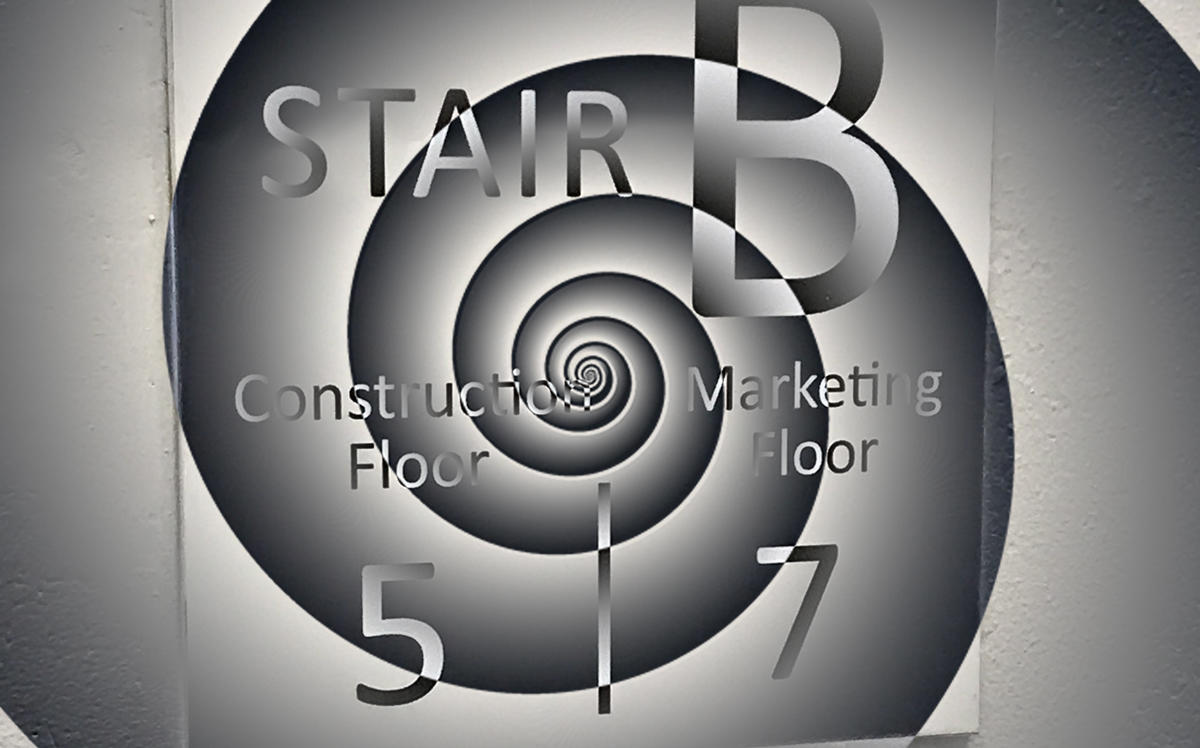Trending
Number games: How developers inflate the height of their penthouses
There’s real floors, then there’s the marketing floors

Donald Trump’s penthouse takes up the 66th through 68th floors in a tower that only has 58. The math-defying logic of Trump Tower garnered attention just before he became president, and while he may have had a hand in popularizing the practice, he’s not alone in inflating the height of his building.
Having two sets of floor numbers — the actual, known as the construction floor, and the fake, known as the marketing floor — is commonplace in New York City. It’s a trick used to exaggerate and, in some cases, more accurately reflect a unit’s position in the building.
“It’s just trying to make it look like a higher floor than it is,” said Donna Olshan, head of Olshan Realty. “It’s completely misleading.”
Mechanical voids — floors ostensibly dedicated to a building’s mechanical equipment but are often just empty spaces— are frequently used to boost a project’s height and subsequently dedicate more space at the top, where residents pay steeper premiums for loftier views. The Department of City Planning launched efforts last month to curb this practice in residential buildings, proposing changes that would require developers to count voids taller than 25 feet toward the project’s allowable floor area (meaning less space at the top). In January, the city’s Department of Buildings told Extell Development it would revoke its building permits at 50 West 66th Street unless the firm modified mechanical voids.
Mechanical voids account for some of the number games played within the city’s ritziest buildings but not all of them. Stephen Kliegerman, president of Halstead Property Development Marketing, said the trick is often used to more accurately reflect the experience of being on higher floors, especially when, for instance, the ground floors are retail space with double-height ceilings.
“Basically, when people think about floor, they think about its location in comparison to its height in the building,” he said. “The philosophy is, why would I call my first residential floor the second floor when it’s 60 feet in the air?”
Many of the city’s best known new projects play with floor designations. For example, after the fifth floor at 432 Park, the sixth floor becomes the 12th, the seventh the 14th, the eighth the 15th and the trend continues all the way to the 85th floor, which was marketed as the 102nd. Penthouse units at Related Companies’ 15 Hudson Yards span from the 81st to 89th floors — but really from the 58th through 66th. Extell’s Central Park Tower skips the eighth through 13th, 21st through 31st, 40th through 42nd, 44th, 51st, 52st, 72nd through 76th, 99th and 101 through 106 floors.
Brian Taylor, who is suing brokers who sold him his apartment at 160 Leroy Street, said he expected to be on a slightly higher floor with a better view. Instead of the Statue of Liberty, he sees a “derelict edifice.”
“The proliferation of so-called ‘marketing floors’ does not make it right,” he said.
The use of different floor numbers is legal, as long as stairwells and elevators reflect the true floor numbers. A spokesperson for the DOB said that as long as the owner complies with the city’s fire code and plans filed with the DOB accurately reflect the number of floors in the building, the agency “sees no reason to restrict how the developer chooses to market the building.” The state’s Division of Consumer Protection told The Real Deal that they haven’t received any complaints or inquiries related to floor number discrepancies in the past three years.
The state Attorney General’s Office requires condo sponsors to include a “table of equivalence” in their offering plans if there’s discrepancy between the number of marketing floors and actual floors. Erica Buckley, a former Finance Bureau chief with the Attorney General’s office who’s now a partner at the global law firm Nixon Peabody, noted that the use of marketing and construction floors is mostly limited to ultra-luxury properties, where the buyers are presumably savvy or have hired attorneys to sort out where the units actually sit in the building.
“What’s key, as with anything, is making sure that in the description of property report, there’s a chart,” she said. “At the end of the day, absent some law that prohibits that from being a practice, the only thing the AG can do is require disclosure.”
Slate Property Group‘s David Schwartz noted that many developers skip certain floors — often the 13th — for superstitious reasons. As for other cases where the floor numbers are changed, he said developers are accommodating a desire among tenants to feel like they are on a higher floor. He likened such exaggerations to euphemisms often used in listings, such as “cozy” to describe a small space. He said people ultimately know what they are buying.
“It’s not that misleading that anyone can’t tell what it is,” he said. “I don’t see the harm in it. I don’t think we should be overly restricting what people are doing to be creative.”




